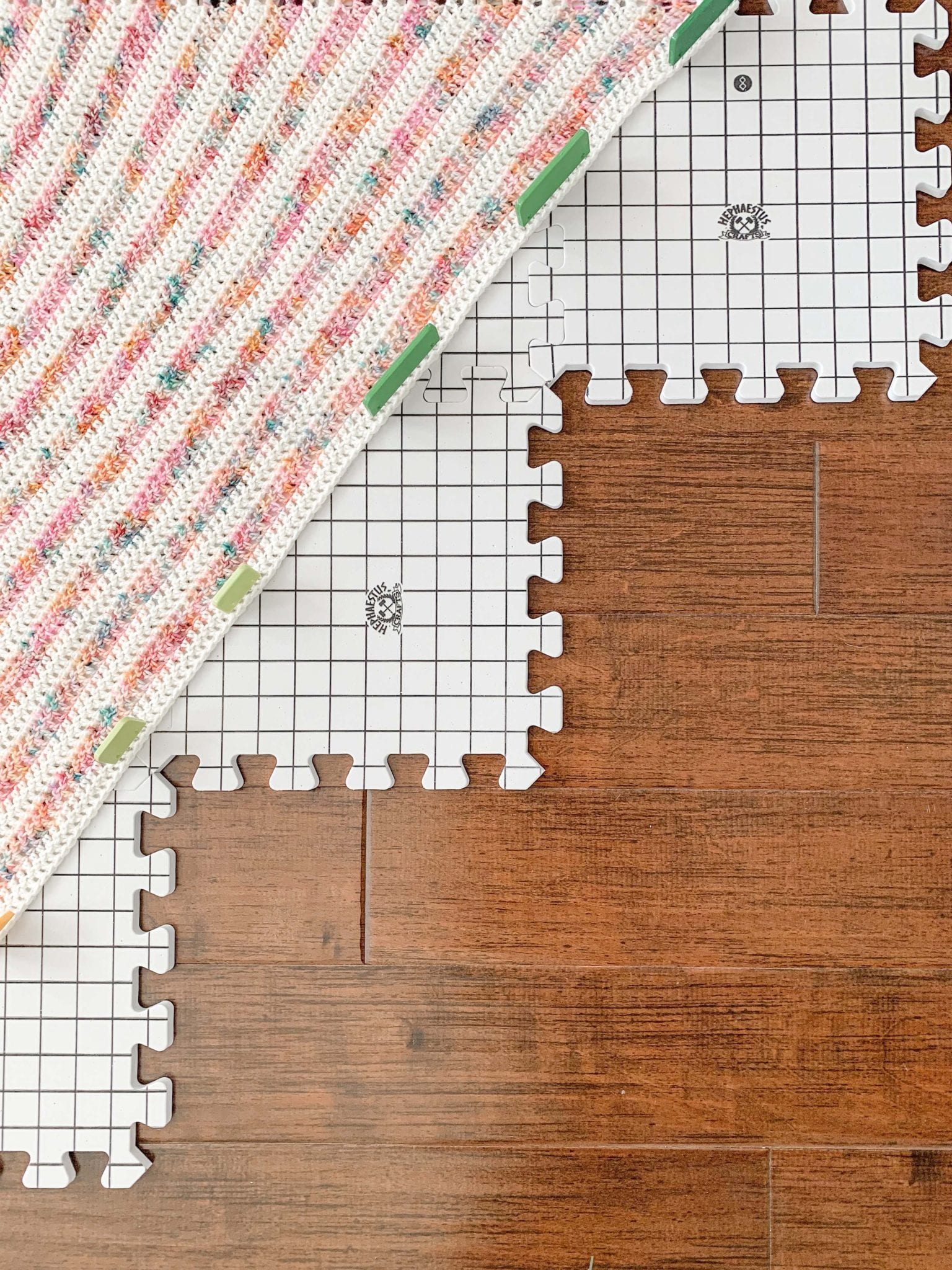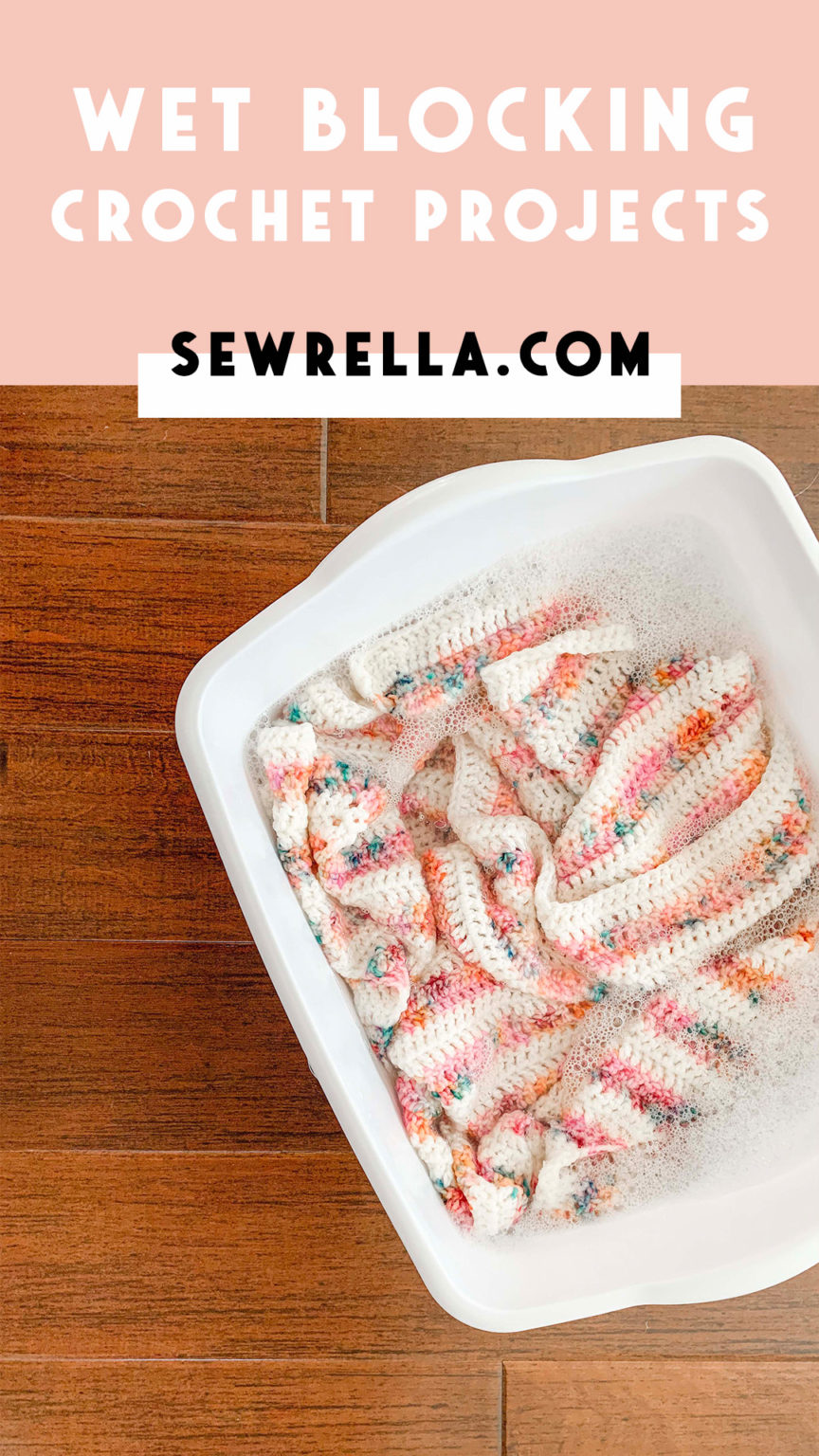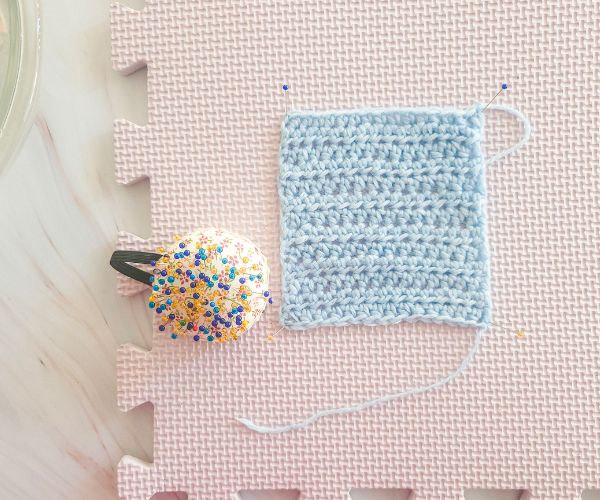Natural fiber yarns such as wool, cotton, and linen. Web blocking is the introduction of moisture to a crochet or knit project to set or shape the final project. Crochet projects that benefit from blocking. Web if you’re wondering why to block your crochet or how to block crochet, this article is for you! There are two ways you can block your items:
This is achieved by applying moisture. In this tutorial i demonstrate on a hat, but the process it same to wet block a shawl or sweater or blanket square. Web blocking crochet fabric involves manipulating your finished project into a specific shape while it dries. Web wet blocking is the process of soaking a crocheted piece in water, gently squeezing out the excess moisture, shaping it, and allowing it to air dry. Using one of three methods, whether through soaking, misting, or steaming the crochet piece.
Web blocking crochet fabric involves manipulating your finished project into a specific shape while it dries. Web if you’re wondering why to block your crochet or how to block crochet, this article is for you! Natural fiber yarns such as wool, cotton, and linen. There are two ways you can block your items: Web wet blocking will result in crisp edges and a firm shape.
This method works well for: Mist blocking is similar to steam blocking, but takes longer to dry. What projects need to be wet blocked. Steam blocking results in open stitches but softer edges. Natural fiber yarns such as wool, cotton, and linen. Using one of three methods, whether through soaking, misting, or steaming the crochet piece. Web in this blog post, i’ll cover 3 ways you can block your crochet: Read on to learn all there is about wet blocking, spray blocking, and steam blocking, and answers to the most frequently asked blocking questions. I don’t believe it’s essential to block every piece of crochet. In this article, you will learn: Web wet blocking is the process of soaking a crocheted piece in water, gently squeezing out the excess moisture, shaping it, and allowing it to air dry. Crochet projects that benefit from blocking. Lacework or open stitch patterns that you want to block aggressively. There are two ways you can block your items: The tools needed for wet blocking.
Mist Blocking Is Similar To Steam Blocking, But Takes Longer To Dry.
In this article, you will learn: Web blocking is the introduction of moisture to a crochet or knit project to set or shape the final project. Web this easy step by step tutorial shows how to wet block crochet. Web blocking crochet fabric involves manipulating your finished project into a specific shape while it dries.
This Is Achieved By Applying Moisture.
Read on to learn all there is about wet blocking, spray blocking, and steam blocking, and answers to the most frequently asked blocking questions. Crochet projects that benefit from blocking. There are two ways you can block your items: The tools needed for wet blocking.
Web Wet Blocking Will Result In Crisp Edges And A Firm Shape.
Web learn when blocking in crochet is necessary, what tools you need, and how to block crochet with wet blocking, spray blocking, steam blocking, and dry blocking. Steam blocking results in open stitches but softer edges. In short, blocking is getting your project wet and letting it dry! This method works well for:
Natural Fiber Yarns Such As Wool, Cotton, And Linen.
Web wet blocking is the process of soaking a crocheted piece in water, gently squeezing out the excess moisture, shaping it, and allowing it to air dry. There are a few techniques for accomplishing this, including mist blocking, wet blocking, and steam blocking (outlined below). Using one of three methods, whether through soaking, misting, or steaming the crochet piece. Lacework or open stitch patterns that you want to block aggressively.









